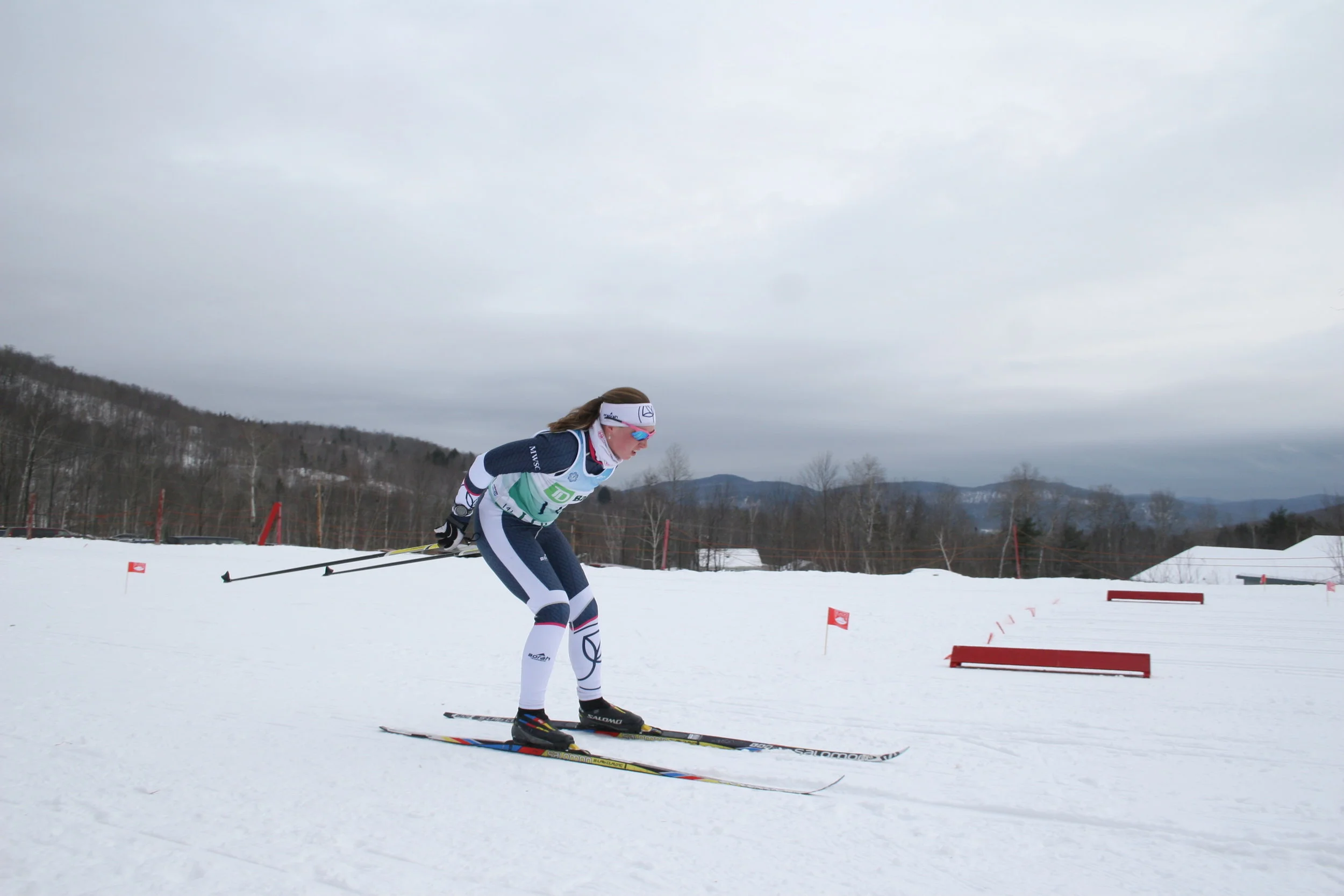Competitive Opportunities in Nordic Skiing
You travel together, you race together, and often times you train together. The only parity issue that comes with Nordic is that you don't often race a comparable distance.
A push in training
In a sport as physically demanding as Nordic Skiing, once you reach a certain level you need as much support as you can get during training. Some athletes form training groups or their teams host several training camps throughout the 'off-season,' others pick up and relocate to a favorable training area such as Scandinavia.
British skier Annika Taylor, the lone female Nordic skier on Team GB, moved to Norway, less than two years out of college, to take advantage of having more women her age and at or above her caliber to be able to give her a push in training. In doing so, though, she also realized how much of a drop off there is for young women competing at that level.
"The drop off rate at 23 years old [in Norway] is huge for women, but not for men. Men are still fighting for that top-50 Scandinavian Cup (regional competition) when they're Norwegian and still think that's totally valid to keep throwing all their effort and time into. A bunch of girls feel the pressure, even if they're just outside the top ten in Norway, like 'Is this even worth it?' And it's crazy because if they were anywhere else they would be on a national team."
One way the American women have been able to push themselves has been in pioneering dual gender training camps, where both men and women train together, initially out of budgeted necessity.
Going for Speed
Of the Olympic endurance sports, there are only a handful of cases where women race a different distance than the men: Swimming doesn't allow women to race the 1,500m; Road, mountain, and track cycling all have shorter events for the women, speed skating women race the 3,000m and 5,000m instead of the 5,000m and the 10,000m, and Nordic skiing has women racing shorter distances over nearly every event.
"I think that's a bit frustrating because, I think it would be cool if they [the organizers] did it so that it was the same time. I understand that if the women raced a 50k it might take too long and the TV slot might not be long enough, but then they should have the women racing 42k and men 50k, not 30k and 50k." - Jessica Diggins, Team USA
Race organizers and athletes are seeing races take less and less time, and the gap between the women's pace and the men's pace is shrinking. By looking at results from this last World Cup season, many winners of the women's races, of whose distance and technique were skied by men at another point in the season, came within only a couple of minutes of the winning male's time. Granted, the math isn't perfect for this sort of approximation, but it's close enough that the argument could be put forth to have men and women racing equal distances.




